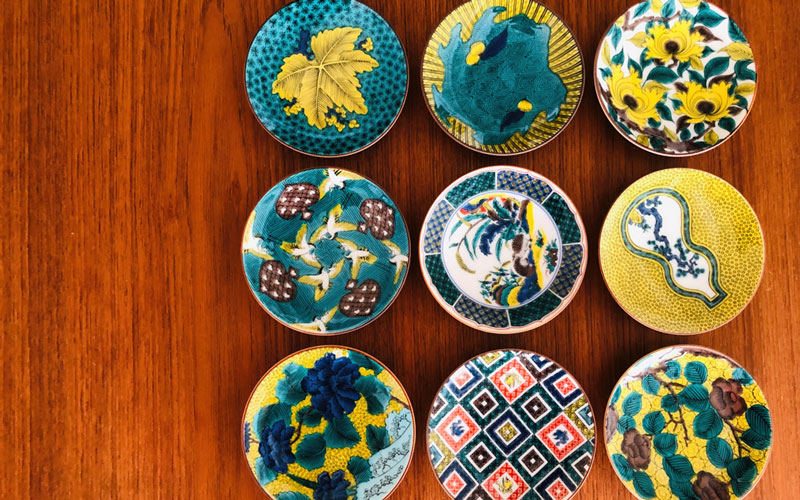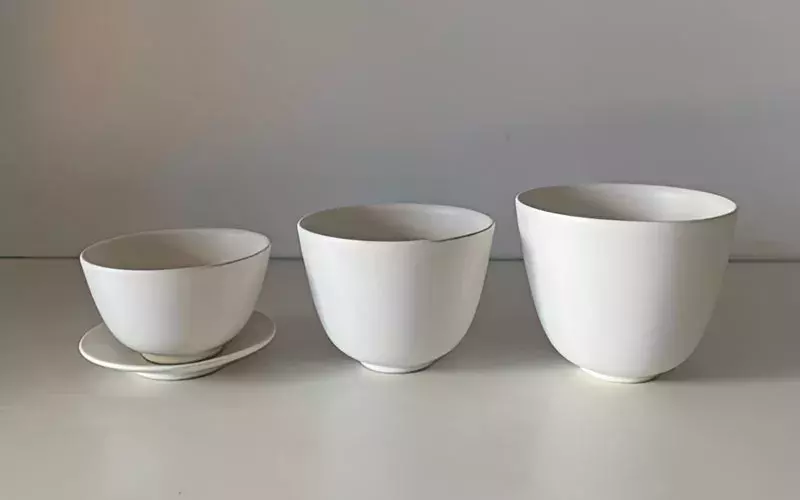
At UKA, the exquisite food is in the spotlight, but the stage is set by the carefully curated restaurant design – right down to the tableware. The chefs of JAPAN HOUSE Los Angeles’ acclaimed modern kaiseki restaurant have hand-chosen ceramics from around Japan to make each meal a feast for all senses. In this series, we highlight selected ceramic artisans and historic producers featured at UKA, and the regions where they work – to inspire your next dream trip.

Even among the wildly diverse styles of Japanese ceramics, the traditional pottery style known as Iga ware (Igayaki) tends to stand out from the crowd. As early as the 8th century CE, potters in Iga, a city in what is now Mie Prefecture, found that the local clay of the region was surprisingly robust and well-suited to make hardy earthenware pots and cookware. Over a thousand years later, artisans (like the UKA-featured Studio Yamahon) still create Iga ware for everyday use as well as fine art objects, exporting them worldwide. The craft heritage of Iga ware is also a notable tradition for travelers to discover when they visit this gorgeous coastal region.

Japan ceramic history has very deep roots (for a beginner’s introduction, click here), but it was around the 8th century when major centers of pottery production sprung up, such as in Iga, as well as its neighbor Shiga, which birthed Shigaraki ware (read more in a previous feature here). The two types developed in parallel ways for many centuries, both catering to the demand for strong, utilitarian wares like jars and bowls for preparing and storing food. In the late 16th century when the expansive reach of the tea ceremony led to the creation of new types of ceramic vessels at kilns throughout the country. Many of the utilitarian wares from traditional kilns embodied the “wabi sabi” aesthetic of rough, austere imperfection, but Iga-ware vessels were particularly admired for their unglazed surface textures, hand-built, asymmetrical shapes, and even the tears and splits that occurred during firing. Specifically for use in the tea ceremony, Iga potters began innovating the design of flower vases (kabin) and water jars (mizusashi) to include distinctive “ears” (mimitsuki) as the lugs or “handle shapes” of these vessels. The most revered 16th-century tea master Sen no Rikyu praised Iga wares for their aesthetic qualities and charming imperfections.

Today, Iga ware is produced for many uses, but it still begins with the same high-quality local clay, which is kneaded and crafted by hand and on the potter’s wheel, and then kiln-fired under high temperatures. Unlike many ceramic styles that use glazes, Iga ware’s color and texture is caused by ash from the firewood that fuels the kiln settling on the vessels during firing and fusing with the clay surface. The distinctive streaks, and/or a translucent coating caused by this occurrence is known as “biidoro” (named after the Portuguese “vidro” glass technique). Because of the hardiness of the clay, these vessels can be fired multiple times to create such vivid markings and veneers. They are also famously well-suited for producing donabe pots which can be used directly over a cooking fire without breaking.
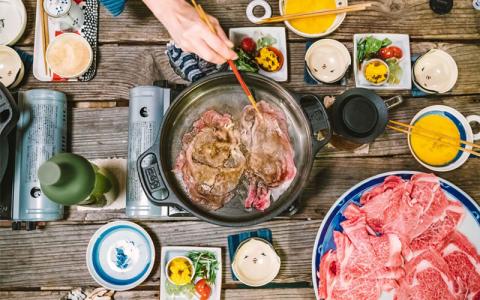
©JNTO
As befitting a hub of cookware, Iga is also a center of rich culinary traditions. Centuries ago, the area that is now known as Mie Prefecture earned the nickname the “delicious country” (“umashikuni”) for its fertile agricultural plains and abundant seafood from the rivers and the Pacific Ocean, as well as the fact that it was a place where several regional cuisines converged. It was a historic crossroads for travelers, from traders at the coastline ports, to pilgrims to the Ise shrine. For noodle-lovers, the thick and chewy Ise Udon hails from the area around Ise Shrine and originated as a meal for pilgrims visiting the shrine centuries ago. Contemporary travelers to Iga can sample the wide range of local specialties, from prized Matsusaka beef (a type of Wagyu) raised on the plains, to fresh seafood from the ocean like the famed Ise lobster, as well as abalone, and varieties of sushi like tekone-zushi (made with bonito fish marinated in soy sauce). There are also sweets, particularly many beloved mochi confections due to the high-quality rice and rice flour of the surrounding plains, such as futokuro mochi, which was meant to be kept in one’s breast pocket to warm one throughout the day. Of course, many dishes are also prepared in traditional Iga-ware donabe ceramic pots, from rice and vegetables to fish stews like sakana no jifu and oshiki-jiru (the latter named for traditional fishermen’s nets that would bring in the daily catch).

©JNTO
The natural scenery alone makes Iga and surrounding Mie is a prime destination for travelers, with ocean breezes soaring over rocky cliffs, dense forests, and luscious plains. It is estimated that over a third of the prefecture is made up of national parks, and there are countless ways to explore not just the natural landscape, but the unique way that human culture and nature exist symbiotically in Japan’s unique national park system (for more insight into this theme, read an article connected to a previous event on Japan’s national parks). For example, the famed ama, or female pearl divers, of Ise-shima island still use ancient techniques of holding their breath to dive deep into the ocean to harvest pearls and seafood; travelers can visit the island and meet ama to learn about their history and culture. Even if one is not doing the full pilgrimage of the World Heritage Site-designated Kumano Kodo, a series of ancient pilgrimage routes, tourists can experience some of this heritage through hikes and temple visits that have for centuries existed sustainably and symbiotically with nature. One native son of Iga is legendary haiku poet Matsuo Basho – his original home and stunningly-designed memorial can also be visited by literature buffs and newcomers alike to get a glimpse of the world of 300 years ago that shaped his writing. For those seeking a bit more drama and action, visitors can plunge into the realm of ninja at the Iga-ryu Ninja Museum, to learn and witness some of the techniques that turned these historic warriors into near-mythology.

Courtesy of Yamahon
Finally, craft and design fans will want to delve into the Iga ware heritage all around – from visiting some of the historic kilns, like the Doraku kiln which has been run for over eight generations (to learn more about Japan’s storied “100 year companies”, begin with an article on long-lasting businesses), or wandering the shopping streets, or even taking an introduction workshop with a master potter. Among the local artisans who are putting a contemporary twist on tradition, Gallery Yamahon showcases a cross-section of Iga ware that aims to collapse the arbitrary division between arts and crafts. The gallery was founded in 2000 by Tadaomi Yamamoto, a native of Iga who had grown up in a pottery-producing family and ventured further afield to work in architecture and construction, then returned to dedicate himself to ceramics in Iga. Along with the gallery, he runs the label Studio Yamahon which designs and produces a variety of elegant tableware and accessories, including a “Houhin” teapot that was selected for UKA.

Courtesy of Yamahon
Studio Yamahon’s “Houhin” – a traditional type of teapot but without a handle – serves the classic purpose of steeping tea with exceptional refinement. The teapot has a modern flair, with its hyper-minimalist white matte glaze, a smooth texture, and silky comfort in the hand, but because it is handle-less, boiling water must be cooled before pouring in. Luckily, even if a trip to Iga and surrounding Mie is not yet on the calendar, a visit to UKA and pouring tea from a Studio Yamahon “Houhin” allows diners to experience Iga ware as it was meant to be experienced: as a craft that elevates natural clay to an art form, and a vessel to let food and beverage shine.
Related Articles
Sensory Journeys in Japan |
Awaji Island 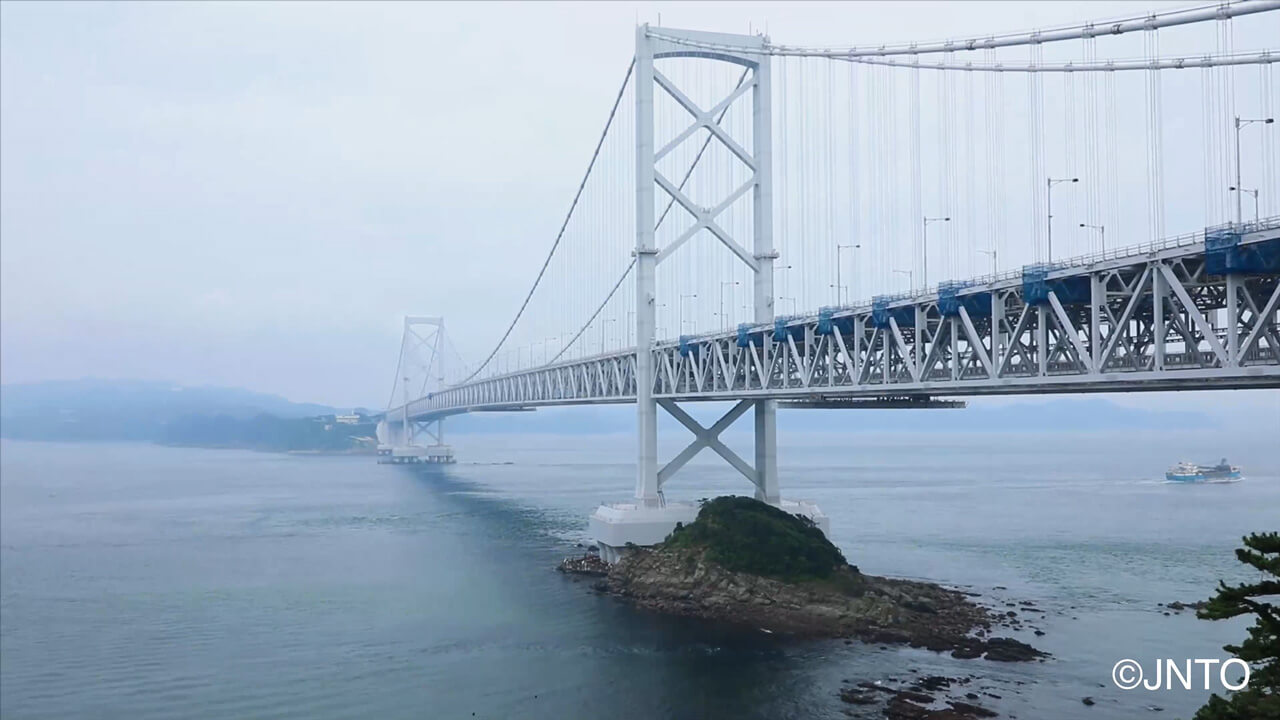
Sensory Journeys in Japan |
Hokkaido 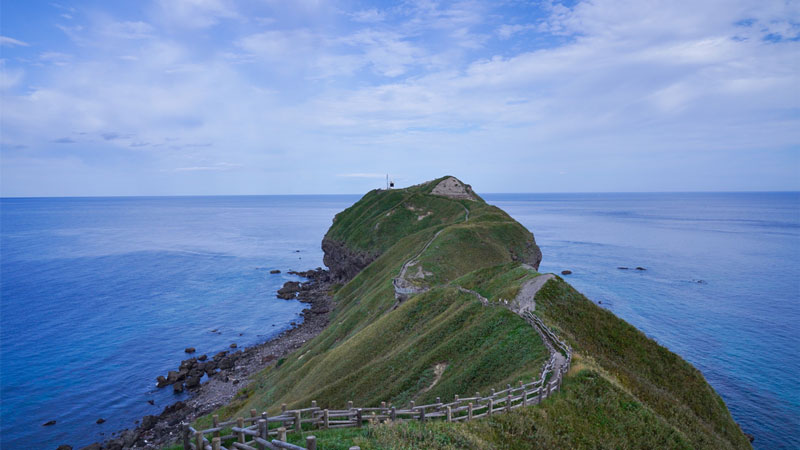
Sensory Journeys in Japan |
Hissan Pottery in Shiga 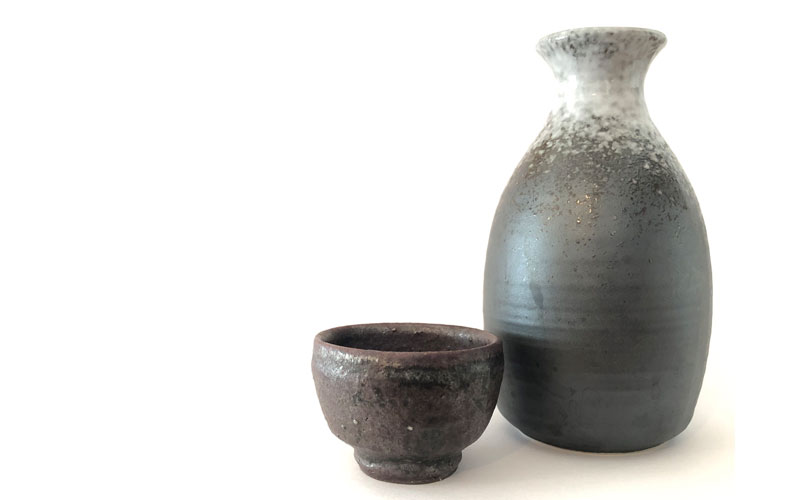
Sensory Journeys in Japan |
Kutani Bitoen in Ishikawa 